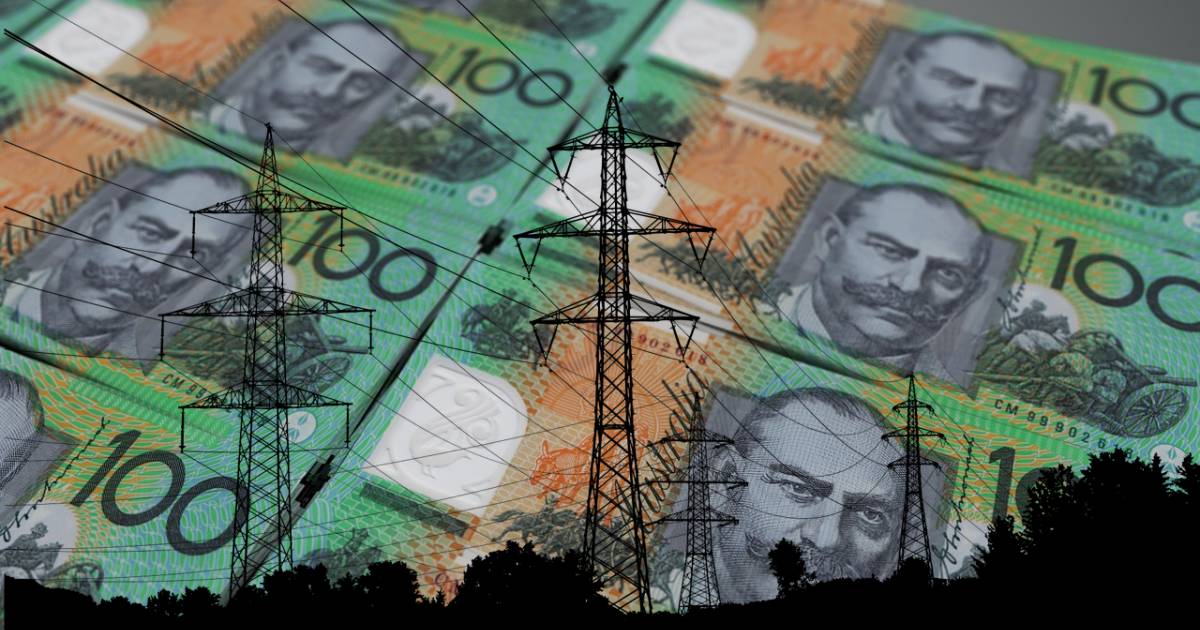The McGowan Government’s announcement of a $400 electricity bill credit for all Western Australian households was no doubt welcomed by many and eyed enviously by those in other states. But it again only provides short-term relief from the ongoing hip-pocket pain from power bills.
The $400 credit announced last week as part of the McGowan Government’s 2022-23 Budget follows a $600 credit provided in 2020-21.
“There is no doubt that the pandemic and recent world events are currently having an impact on prices locally and that’s why my Government is going above and beyond its election commitments to ease cost of living pressures in WA,” said Premier and Treasurer Mark McGowan on Thursday.
Terms and conditions for the Household Electricity Credit payments were yet to be published at the time of writing, but it’s understood they’ll be made to Synergy and Horizon Power electricity accounts from July 2022. Revenue WA will provide details for households not supplied via these two retailers soon.
Wholesale Electricity Prices In Western Australia
Wholesale electricity prices are one of the major components of an electricity bill – and they have been experiencing upward pressure according to a recent report from the Australian Energy Market Operator. The report focuses on the National Electricity Market (NEM), which Western Australia isn’t a part of. But the AEMO provided some information on the situation in WA.
Western Australia’s Wholesale Electricity Market (WEM) supplies power in the south-west of the state to the South West Interconnected System (SWIS). According to the AEMO, the WEM Balancing Price in the first quarter of this year increased by 14 per cent from Q4 2021 to $61/MWh. The number of negative price intervals were fewer than in Q1 2021.
Renewables are increasing market share in Western Australia, which puts downward pressure on wholesale electricity prices. But gas and coal have made up around 64% of generation this year so far in WA – and it’s not a good time to be heavily reliant on either.
While the Q1 increases were attributed to high temperatures during the period, it’s wise to expect the unexpected these days – and not rely on another Household Electricity Credit next year to help make ends meet as it may not materialise.
In July 2021, supply and electricity charges in Western Australia edged up again. Regulated electricity prices in the state are determined by the State Government as part of the annual State Budget process, but it doesn’t appear changes in pricing from July 2022 (if any) have been announced as yet.
UPDATE 19 MAY: Changes to electricity pricing and feed-in tariff rates in Western Australia from July 2022 can be found here.
Get Ahead, Go Solar In WA
The $400 Household Electricity Credit will go a long way towards addressing the first electricity bill that pops up after it is issued. But Western Australian households could be saving even more on energy costs by installing solar panels.
Even though the state has a crappy feed-in tariff, going solar in Western Australia remains a great move. For example, a 6.6kW solar system installed in Perth can provide first year savings of around $1,070 and achieve simple payback in under 6 years.
There are a bunch of good solar installers in Perth, and intense competition in the metropolitan area keep average solar power system prices in WA generally the lowest in Australia.
You can get a pretty good estimate of the savings and payback in your circumstances for systems of various sizes using the SolarQuotes solar and home battery calculator.


 RSS - Posts
RSS - Posts



Just a small correction, WA electricity bills are issued 2 monthly rather than quarterly as mentioned in the article.
Thanks for that Adam, I’ve corrected the article.